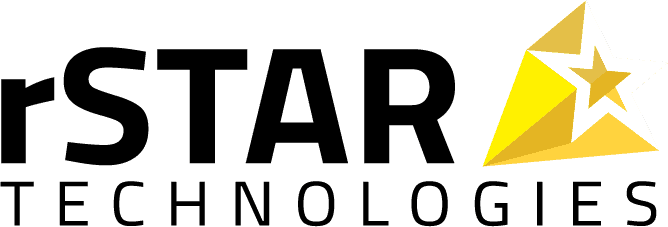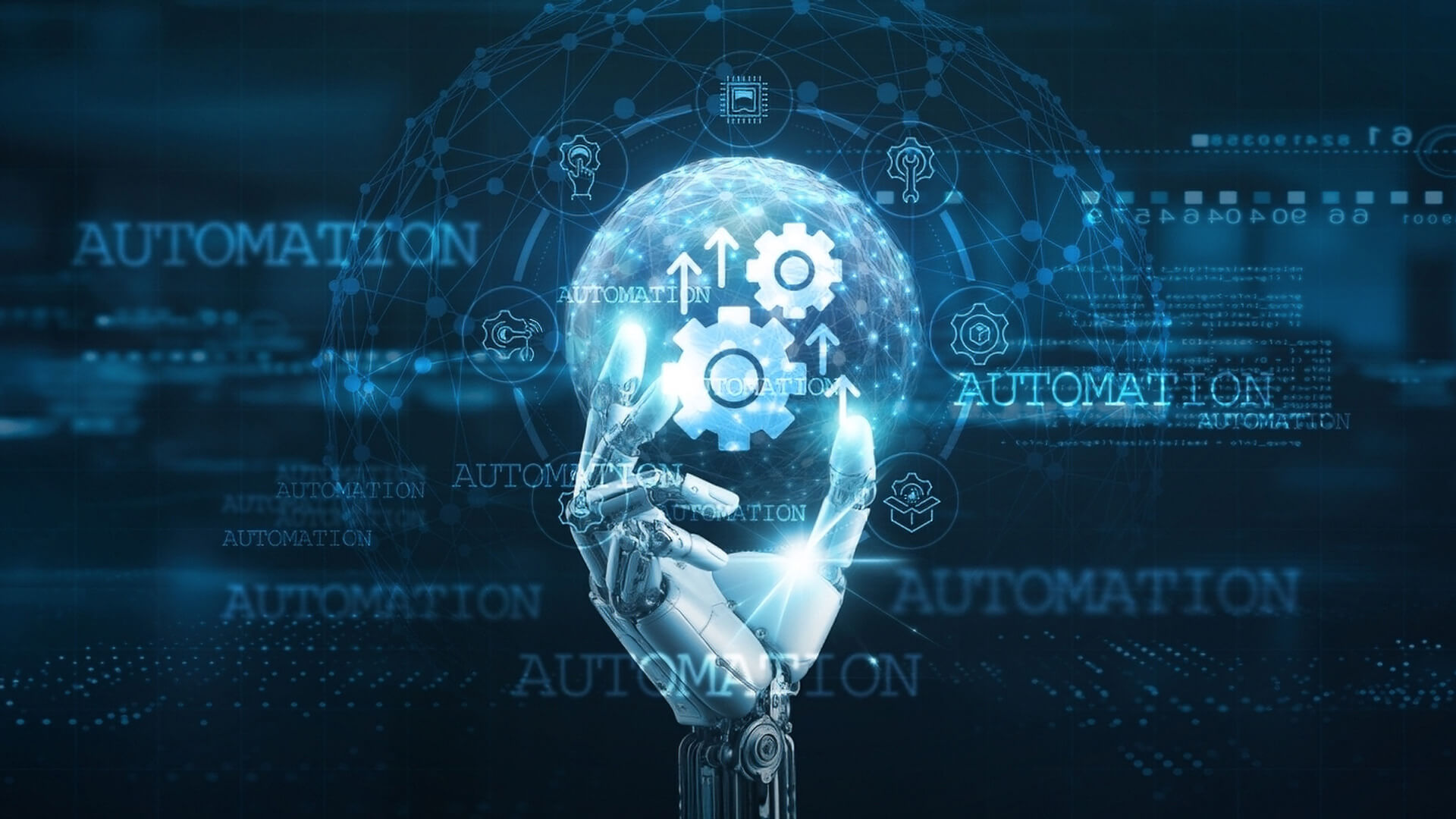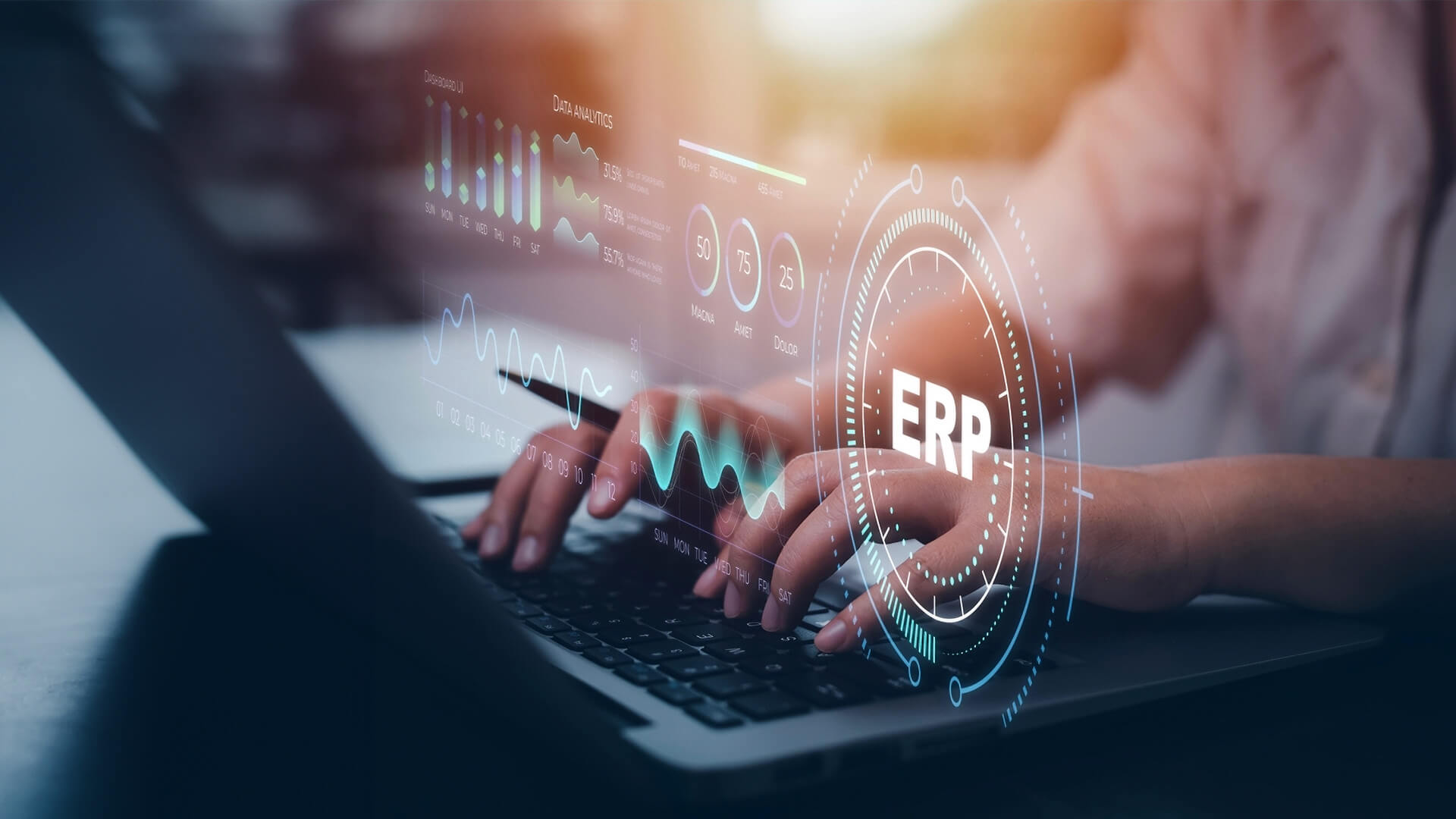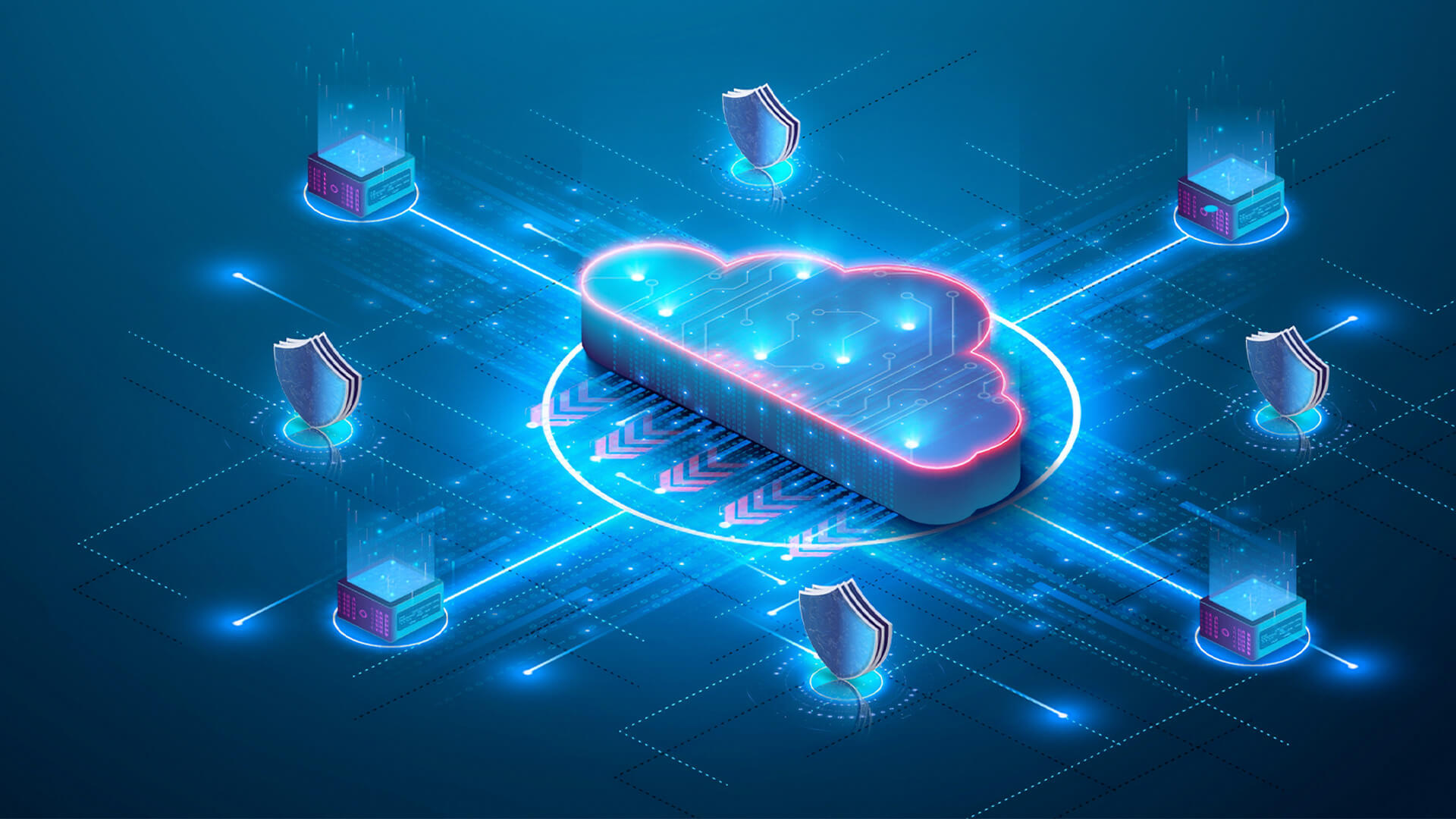Customer data is valuable and key to understanding customer needs, preferences, and behavior and providing personalized products, services, and experiences. Companies, however, struggle to enjoy the full benefits of customer data because of inconsistent and incomplete data silos scattered across different departments, majorly in CRM and ERP systems.
To overcome this struggle and achieve optimal results, companies must consolidate and tap into the full potential of their customer data by integrating their front and back offices. Integrating CRM and ERP software gives a unified and holistic view of customers, which benefits both the company and customers.
Table of Contents
Why Should Companies Optimize Their Data?
Customer data is crucial for delivering excellent CX and boosting customer retention, loyalty, advocacy, and profitability. With customer data being complex and dynamic across different systems and channels, companies must consolidate their data to be complete, accurate, consistent, updated, and accessible.
A critical method to achieve this is by integrating two pivotal systems – the CRM system for front-end processes and the ERP system for back-end processes. Failure to integrate these systems often results in data silos, duplication, and errors that significantly impact company revenue.
Data silos, for instance, can cause many problems;
-
- Bottlenecks and workflow delays as teams struggle to manage data manually.
-
- Data inconsistencies and discrepancies as different systems may have different data definitions, formats, and standards.
-
- Poor decision-making and performance resulting from poor data visibility, measurement, evaluation, and analysis.
-
- Negative CX resulting from poor customer interactions due to fragmented, incomplete, or outdated data.
-
- Low customer satisfaction and loyalty resulting from poor personalization caused by inconsistent and inaccurate data.
These are just a few ways disparate customer data affects a company’s success.
Companies need to optimize their customer data with CRM and ERP collaboration by integrating and aligning both systems and creating a unified and holistic view of all customers.
How Companies Benefit from Optimizing Customer Data with CRM and ERP Collaboration
Enhanced Data Quality and Accuracy
Integrating CRM and ERP software improves data quality and accuracy as different teams and departments can use the same data sources and formats, eliminating data duplication and errors. The data is updated and augmented in real-time and across various touchpoints, facilitating data currency and completeness.
Improved Data Visibility and Analysis
Companies with integrated CRM and ERP have better data visibility and analysis as the different teams can access, view, collect, analyze, and visualize data seamlessly. Integration also enables data-driven decision-making and process optimization as the company can better analyze and interpret the data and apply advanced techniques like segmentation, personalization, and predictive analysis.
Improved Efficiency and Productivity
Enhanced data quality, visibility, and analysis improve efficiency and productivity significantly as workflow is better automated and streamlined. When teams can easily manage data, the performance and speed of the systems and platforms are enhanced, and data load and complexity are reduced.
Superior CX
When companies optimize customer data by integrating CRM and ERP, they’re more equipped to enhance the customer experience. Teams are better positioned to provide consistent and seamless customer interactions and personalized products and services. This enables the company to offer value-added benefits, exceed customer expectations, and boost customer satisfaction and loyalty.
How Optimizing Customer Data with CRM-ERP Collaboration Benefits Customers
Faster and Smoother Transactions
Customers can enjoy seamless transactions, and they’ll enjoy accurate and timely information on product availability, delivery details, order status, or any unique information they need. They also get access to streamlined and automated processes like online ordering, payment, and confirmation, enhancing their experience with the company.
Personalized Experiences
Personalization becomes much easier when customer data is consolidated. When there is a holistic view of a customer, the customer can receive personalized solutions based on their needs, preferences, behavior, and feedback across all touchpoints. They also benefit from personalized interactive experiences like reviews, recommendations, and dynamic marketing campaigns.
Higher Quality and Value
Customers gain higher value as they only get quality products and services that match their needs and preferences. It also becomes easier for them to get prices, discounts, rebates, warranties, support, and other incentives based on their historical data.
Greater Trust, Confidence, and Loyalty
When data is consolidated, and the right approaches are adopted, customers have increased trust, confidence, and loyalty. It becomes natural to patronize the company as they feel they’re interacting with a unified and reliable company that understands their needs and preferences, respects their privacy and security, and provides transparent, accountable, and personalized products and services. They also benefit from enhanced communication and collaboration.
Optimize Customer Data and Enjoy Improved Business Benefits
Optimizing customer data with CRP-ERP integration is crucial for any customer-centric company’s success and growth. It’s a high-rewarding, iterative project that requires in-depth experience in CRMs, ERPs, and integrated systems. With the right CRM-ERP integration infrastructure, companies can successfully integrate their systems, optimize their customer data, and enjoy the benefits it brings their business and customers.






